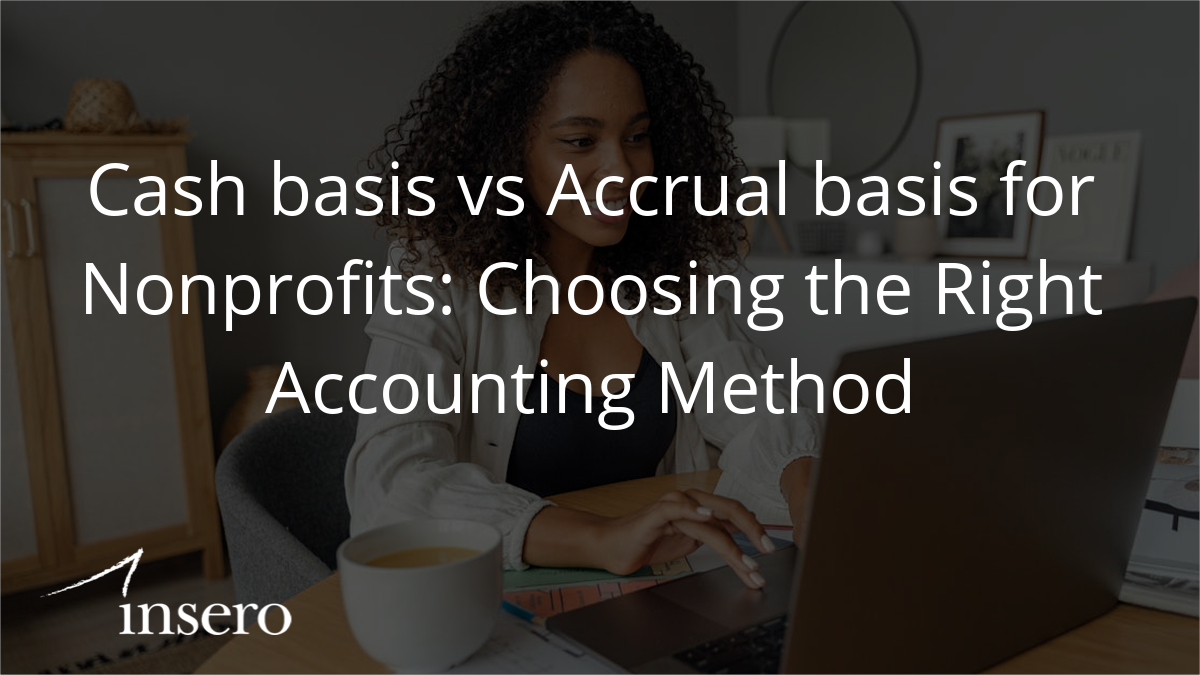When and how should businesses pay their bills? And when and how should they request (and demand) payment? Those deceptively simple questions can be difficult for small businesses to answer.
These four best practices for accounts payable and accounts receivable can help you free up cash by optimizing your working capital. The benefit? With more efficient processes, you can reduce transaction times and improve the cash flow you need to keep your business competitive—and growing.
Best practice #1: Evaluate your current practices
Presumably, you have policies for both accounts payable and receivable, but that doesn’t mean they’re the right policies for your business. Nor does it mean that the policies are being followed.
Once a year, check in on how effective your accounts payable policies are by asking questions such as these:
- Are suppliers pleased with your payment times, or is there frustration?
- Have you lost access to early payment discounts or other savings via volume rebates and incentives?
- Does your staff know the protocols for dealing with late, duplicate, missing, or other payment problems?
- How much time is your staff spending on accounts payable? Is the amount of time increasing or decreasing?
Likewise, assess how well your accounts receivable policies are working by asking questions such as:
- When payments are late, are you sending timely follow-ups?
- Does your staff know the protocol for dealing with late payments?
- How much time is your staff spending on accounts receivable? Is the amount of time increasing or decreasing?
- Have there been any errors in allocating cash payments or elsewhere in the process?
Best practice #2: Automate, automate, automate
With so many powerful, easy-to-use accounting software solutions available, it no longer makes sense for most small businesses to rely on time-consuming manual processes for accounts payable and receivable. Far better to avoid errors and have your staff devote their time to more business-critical tasks.
A number of automated solutions are available. We often recommend Sage Intacct, the best-in-class cloud-based accounting software solution, because it is fully featured, integrates well with other applications, and has proven its value over time with both small and large businesses.
Best practice #3: Make data-based decisions
Some businesses rely on gut instincts to assess their accounts payable and receivable processes. Better to back up those hunches with data. With a software solution like Sage Intacct, you can add key performance indicators (KPI) to your reports, leading to a much clearer picture of the percentage of customers who pay late, the number of unreconciled items or accounts, and much more. Over time, that data can help you identify gaps and refine your policies.
Best practice #4: Move toward paperless processing
If you haven’t already, moving from paper-based to electronic communications with vendors can save you money, create new efficiencies, and provide a helpful tracking system. Again, the right software is essential, as it can enable you to automatically generate purchase orders for new orders, update and pay invoices, track goods received, and even resolve disputes—all electronically.
Need Advice or Support?
Whether you want advice on switching to an automated accounts payable and receivable solution or are considering outsourcing some or all of your accounting functions, Insero & Co. can help. Our financial professionals have decades of experience working with small businesses and are available to help you find smart, efficient solutions to your accounting challenges.




